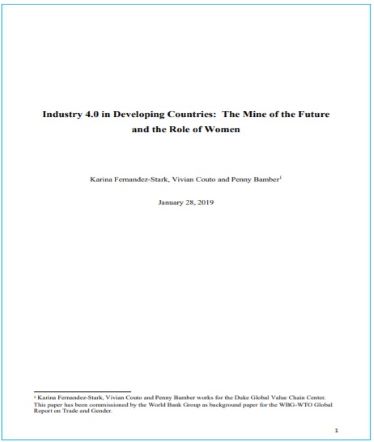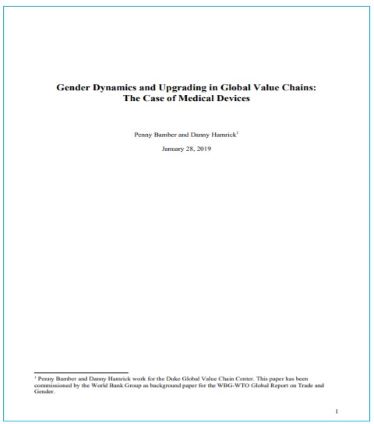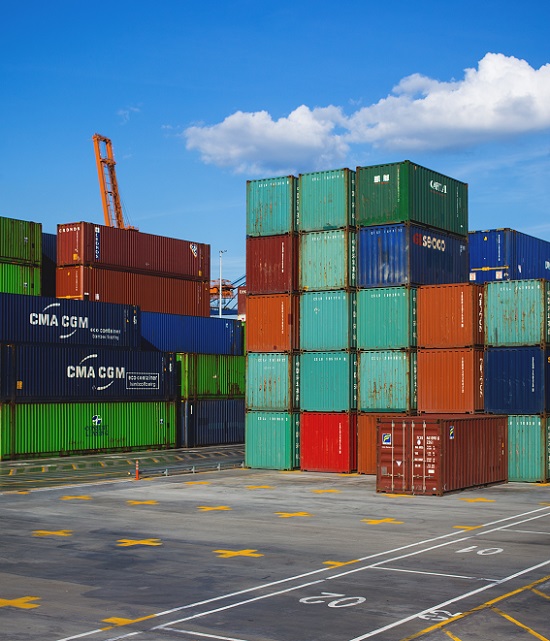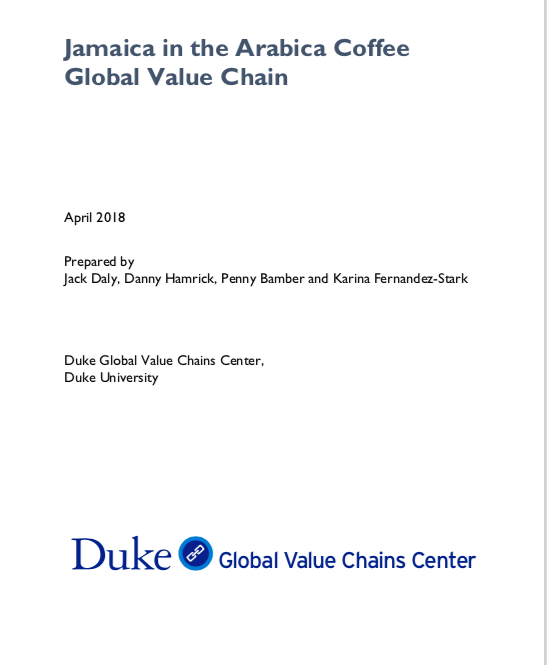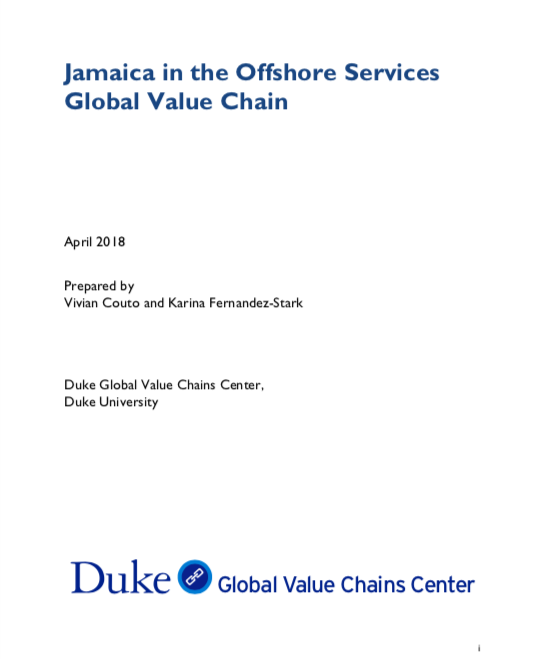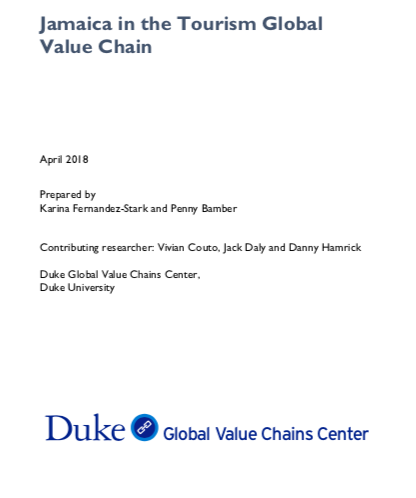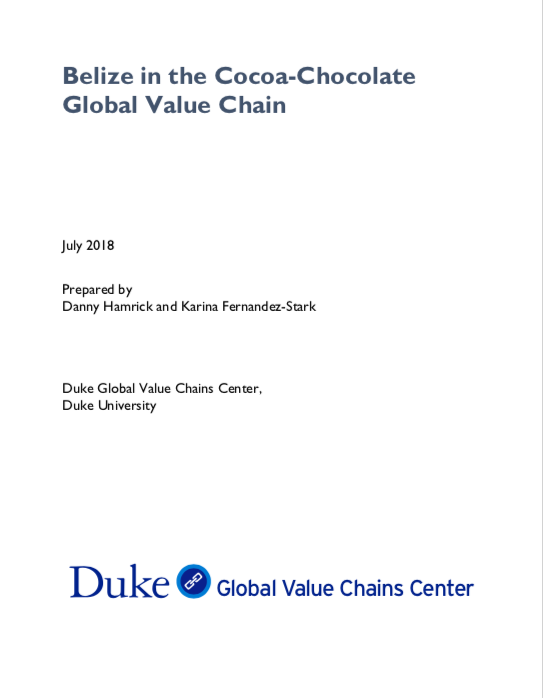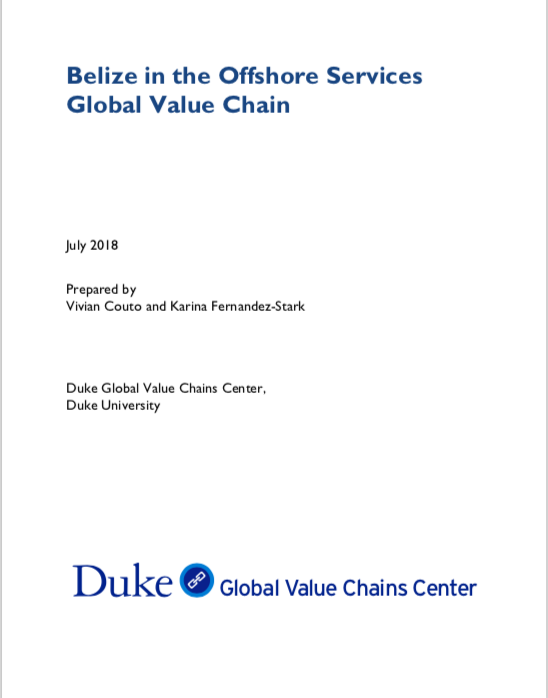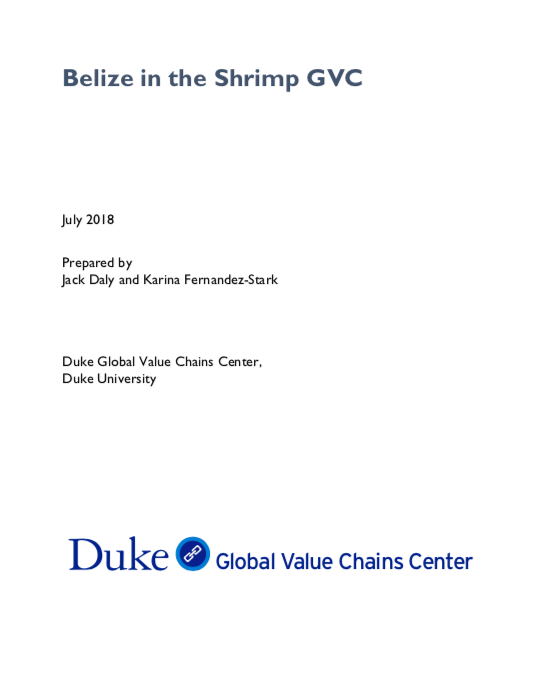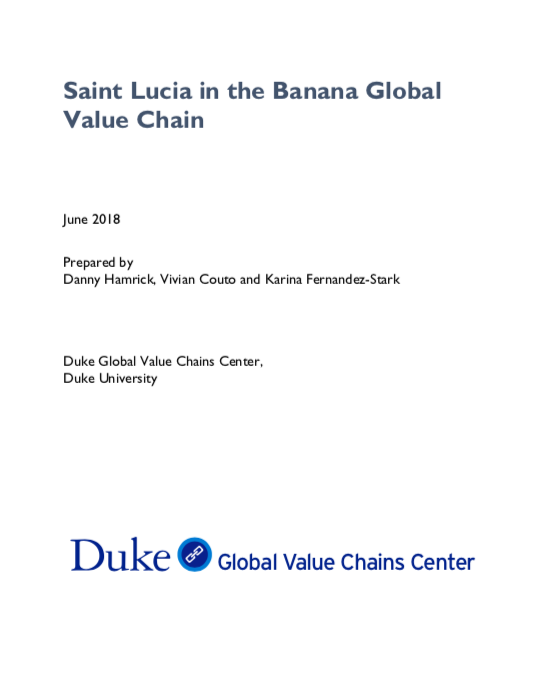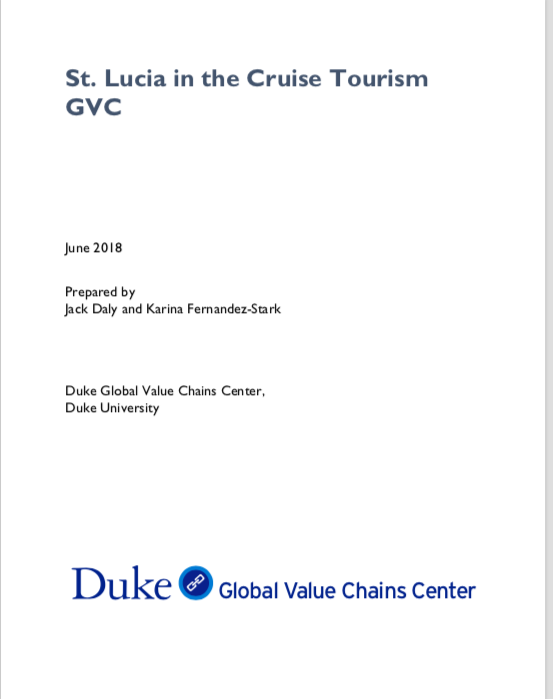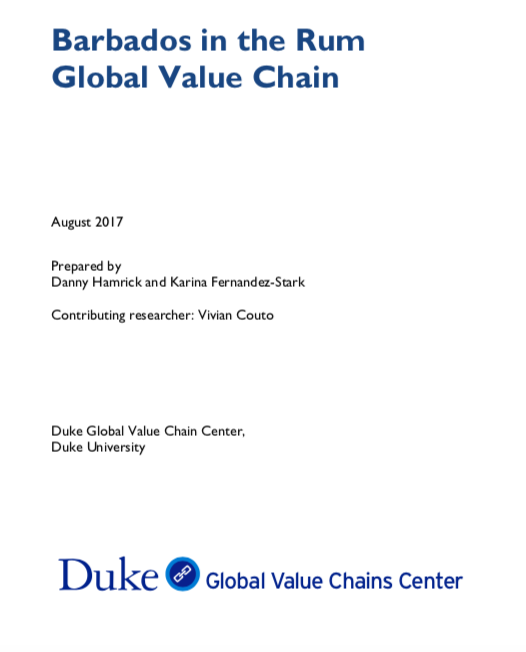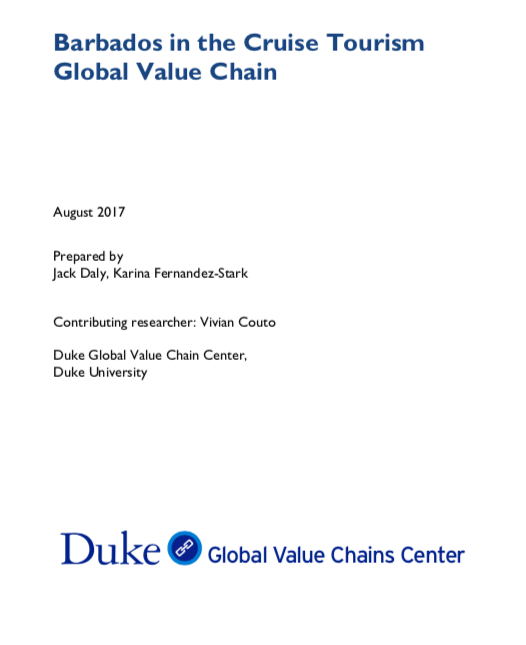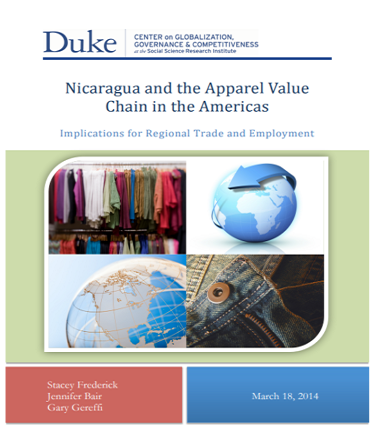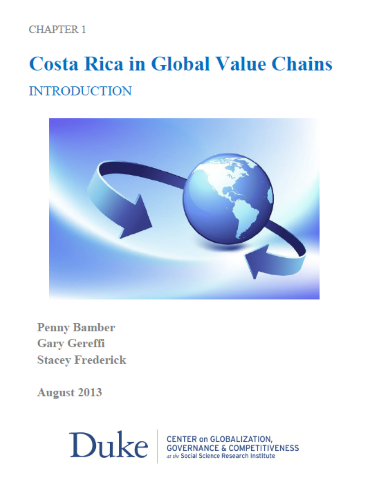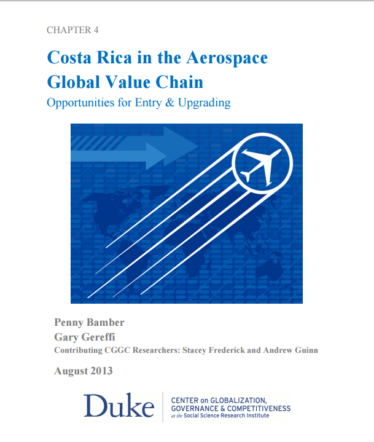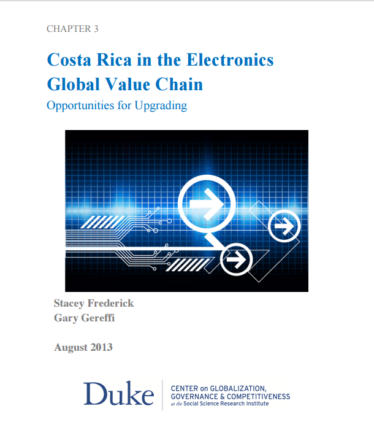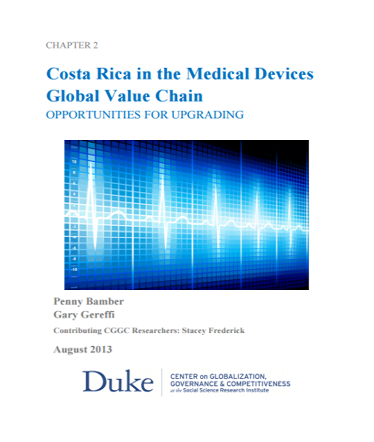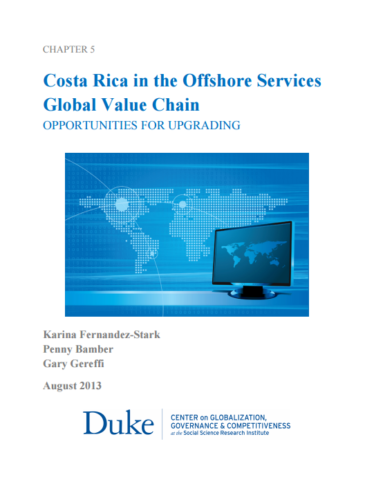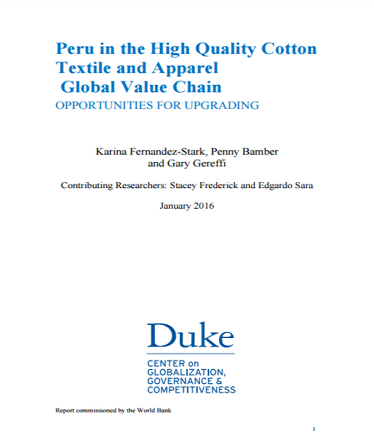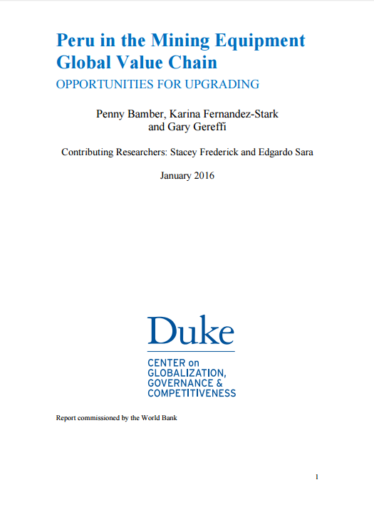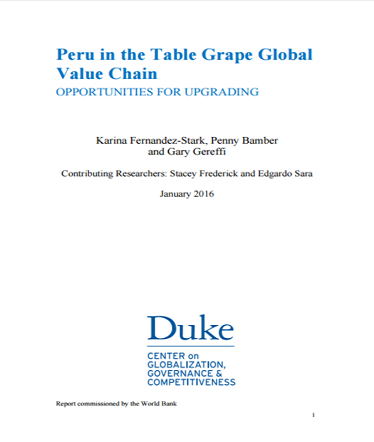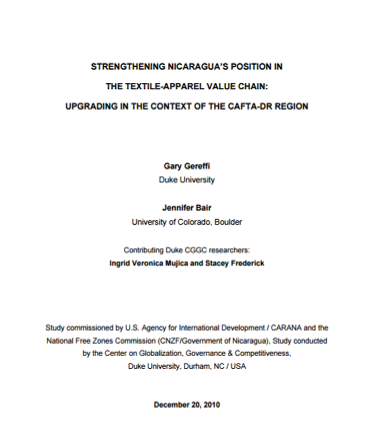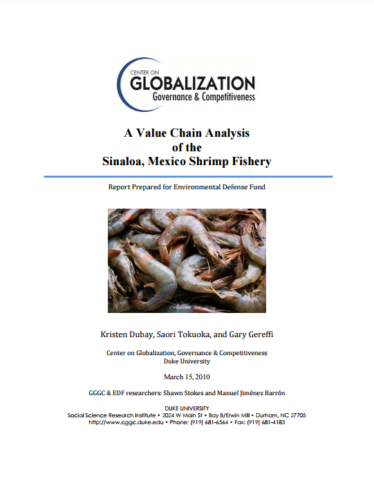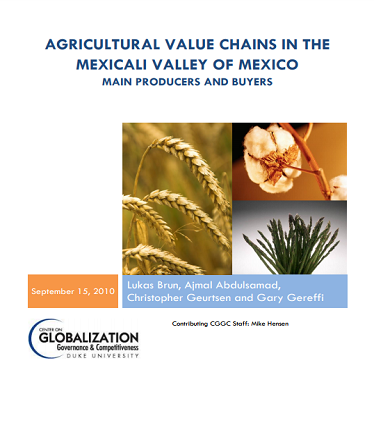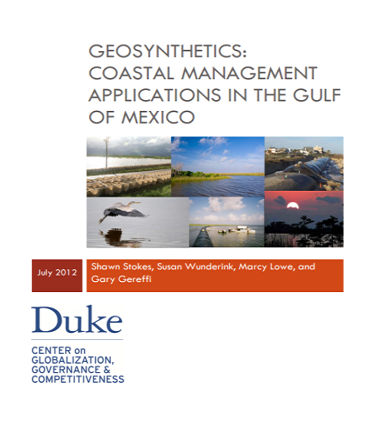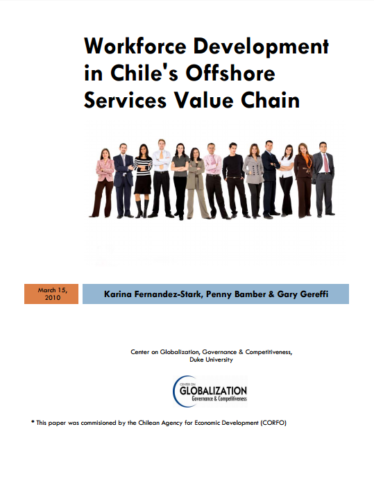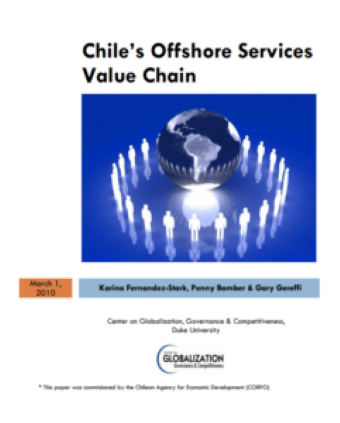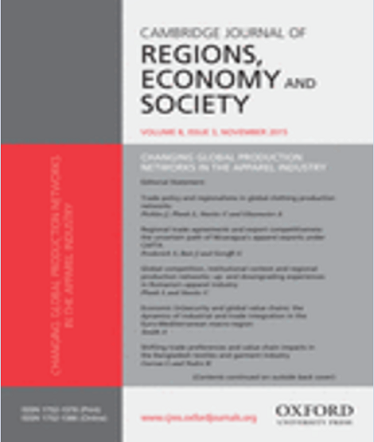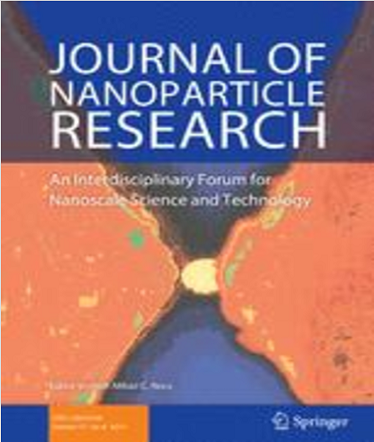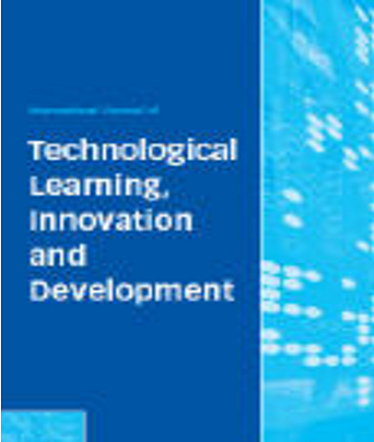 Competitiveness is key to sustainable inclusion in any value chain (the full range of activities that are required to bring a product from its conception to its end use and beyond). Essentially competitiveness is the ability to provide the desired quantity and quality of a specific product in a more economical and timely manner than others. The work of the Duke GVC Center has shed light on how countries from throughout Latin America and the Caribbean can improve their regional and global competitive position. The work of the Center has provided stakeholders across the public, private and educational sectors in the region with new tools to understand globalization and economic development.
Competitiveness is key to sustainable inclusion in any value chain (the full range of activities that are required to bring a product from its conception to its end use and beyond). Essentially competitiveness is the ability to provide the desired quantity and quality of a specific product in a more economical and timely manner than others. The work of the Duke GVC Center has shed light on how countries from throughout Latin America and the Caribbean can improve their regional and global competitive position. The work of the Center has provided stakeholders across the public, private and educational sectors in the region with new tools to understand globalization and economic development.
IMPACT SUMMARY FOR LATIN AMERICA AND THE CARIBBEAN
Reports: 32
Publications: 5
Countries: 11 countries (Brazil, Chile, Columbia, Costa Rica, Dominican Republic, El Salvador, Guatemala, Honduras, Nicaragua, Paraguay and Peru)
Industry sectors: Agro-food, manufacturing, services
CLIENT CASE STUDIES
The following clients have sponsored the Duke GVC Center’s research in Latin America: Brazil National Confederation of Industries (CNI), Chilean Economic Development Agency (CORFO), Costa Rica’s Ministry of Foreign Trade (COMEX), Inter-American Development Bank (IDB), Nicaragua National Free Trade Zone (CNZF), RTI International and the World Bank. Here is a snapshot of the impact generated in three of these projects:
Costa Rica in Global Value Chains (2013)
Client: The Government of Costa Rica, Costa Rica’s Ministry of Foreign Trade (COMEX)
Challenge: The Duke GVC Center studied the participation of Costa Rica in four sectors: medical devices, electronics, aerospace and offshore services. The ultimate goal was to provide a set of recommendations to the Costa Rican Government to enhance its participation and upgrading in the industries selected.
Approach & Outcome: For each industry, the Duke GVC Center research team provided an overview including key sources of demand and supply; stages in which different countries operate; the governance structure of the chain; and the human capital required for each segment. This allowed policy makers to understand the geographical distribution of the value chain and identify both potential competitors and buyers.
Industry-specific upgrading trajectories and recommendations were provided. The research team based its analysis on multiple sources of information: a review of the relevant secondary literature on each industry; trade and production statistics from international and domestic databases; company information about the firms operating in each value chain; and field research in Costa Rica, including interviews with firms and government stakeholders related to this project. As part of this analysis, case studies were offered of countries in similar positions to Costa Rica, including Singapore, Ireland and Uruguay.
The following article summarizes the impact in more detail.
Basic Principles and Guidelines for Impactful and Sustainable Inclusive Business Interventions in High-Value Agro-Food Value Chains (2012)
Client: Inter-American Development Bank-Multilateral Investment Fund (IDB-MIF)
Challenge: IDB-MIF wanted to capture the lessons from its experience in inclusive business and value chain development interventions in high-value agricultural markets. They sought to improve these interventions based on good practices and facilitate systematic institutionalization of this knowledge.
Approach & Outcome: The Duke GVC Center report summarized key lessons of IDB-MIF’s projects in seven countries throughout Latin America. The team proposed a model to overcome constraints and provided a step-by-step guide to deploy it in high-value agriculture markets. The report was based on extensive primary and secondary research of IDB-MIF projects, interventions by development agencies and literature on small and medium-sized enterprises inclusion in value chains. Over 50 interviews were conducted with country specialists, implementing agencies, industry experts, associations and producers.
